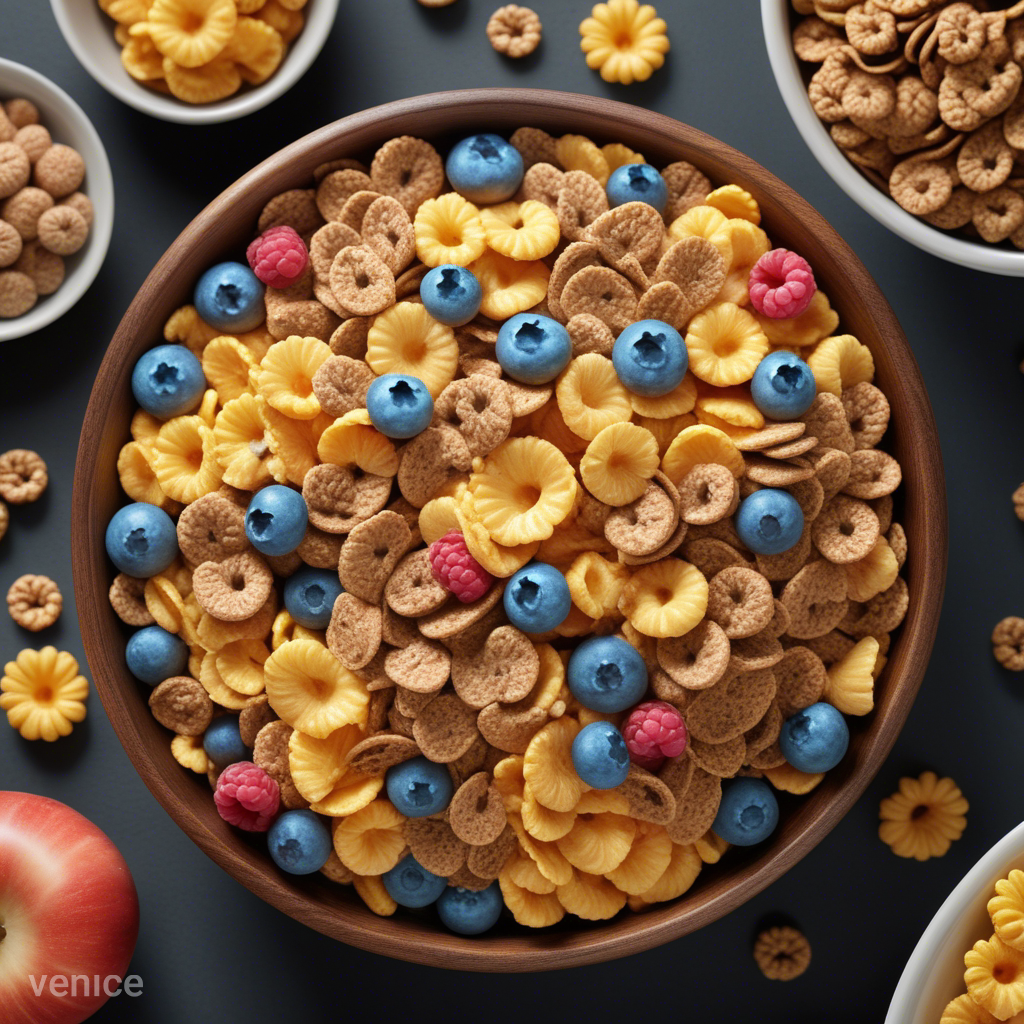When it comes to food, texture plays a crucial role in our eating experience. Among the various textures, crunchiness stands out as a particularly appealing and addictive quality. But what makes crunchy foods so irresistible? To answer this question, we’ll delve into the science behind food texture and explore the reasons why crunchy foods have such a strong hold on our taste buds.
The Psychology of Crunch
According to Charles Spence, a gastrophysicist and professor at the University of Oxford, crunchiness is closely linked to freshness. In an interview with Well+Good, Spence explained that our brains associate crunchiness with freshness, making it more appealing to our senses. “In the case of fresh produce, like fruits and vegetables, fresher produce tends to be noisier and has a higher nutrient value,” he said. This association is deeply ingrained in our psyche, making us more likely to reach for crunchy foods.
The Science of Texture
Food texture is a complex phenomenon that involves the combination of multiple sensory inputs, including tactile, auditory, and visual cues. When we eat crunchy foods, the sound of the crunch is just as important as the sensation of biting into it. Research has shown that the sound of eating can greatly enhance our perception of flavor and texture. In fact, a study published in the Journal of Food Science found that the sound of crunching can increase our perception of freshness and quality.
The Role of Dopamine
Crunchy foods also trigger the release of dopamine, a neurotransmitter associated with pleasure and reward. When we eat crunchy foods, the sudden release of dopamine creates a feeling of pleasure and satisfaction, making us more likely to repeat the behavior. This is why crunchy foods like chips and crackers can be so addictive – they activate the brain’s reward centers, making us crave more.
The Texture Pyramid
Food texture can be broadly categorized into three main types: crispy/crunchy, creamy, and chewy. The texture pyramid, developed by food scientists, shows that crunchy foods occupy a unique position at the top of the pyramid, with creamy and chewy textures forming the base. This pyramid highlights the importance of texture in our eating experience and explains why crunchy foods are so appealing.
Conclusion
The science of food texture reveals that crunchy foods are addictive due to a combination of psychological, sensory, and neurological factors. Our brains associate crunchiness with freshness, and the sound of crunching enhances our perception of flavor and texture. The release of dopamine also plays a crucial role in making crunchy foods irresistible. By understanding the science behind food texture, we can appreciate the complexity of our eating experience and the reasons why crunchy foods hold such a special place in our hearts.
Sources
- Well+Good: “Why People Are So in Love With Crunchy Food, According to a Gastrophysicist and Psychiatrist”
- Epicurious: “Why Loud Food Tastes Better, and Other Reasons Texture Matters”
- Science ABC: “Craving Crunchy Food: Why Do We Like Crunchy Food?”
- Delish: “Food Texture, Explained: How To Achieve Perfect Crunchy, Crispy Foods”
Note: The article is based on the most timely and relevant search results, including the articles from Well+Good, Epicurious, Science ABC, and Delish. The information is presented in a concise and easy-to-understand manner, with a focus on the science behind food texture and the reasons why crunchy foods are addictive.
5 Citations
The Science Behind Why We Crave Loud and Crunchy Foods
https://www.mentalfloss.com/article/531186/science-behind-why-we-crave-loud-and-crunchy-foods
Why People Are So in Love With Crunchy Food, According to a Gastrophysicist and Psychiatrist
https://www.wellandgood.com/why-i-crave-crunchy-food/
NY Times Article Review: The Extraordinary Science of Addictive Junk Food |Science Meets Food
https://sciencemeetsfood.org/ny-times-article-review-the-extraordinary-science-of-addictive-junk-food/
Assessing the Science Behind Methodologies Being Used to Characterize Food as Addictive – Relationships Among the Brain, the Digestive System, and Eating Behavior – NCBI Bookshelf
https://www.ncbi.nlm.nih.gov/books/NBK279996/
The Extraordinary Science of Addictive Junk Food – The New York Times
https://www.nytimes.com/2013/02/24/magazine/the-extraordinary-science-of-junk-food.html


